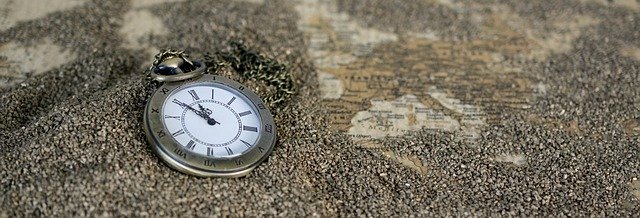
Val stumbled through the labyrinthine lanes, partially blinded by her tears. Mid-afternoon light filtered through the roof slats of the souk, lighting up the odd piece of jewelled glassware. Hamsas glinted everywhere, open palms offering benediction; the aroma of heavy spices lingered in the air; tourists and locals jostled through the scrum while a cat licked its hind paw. A man ejected a stream of red spittle into a spittoon, and a group of abaya-clad women watched as she blundered past them.
Why had she come here? What had made her rush to this chaotic market when the last thing she needed was noise and confusion? Yet, she walked on unseeing, as voices called out to her, extolling the virtues of their wares.
“Come, come. I give good price, lady.”
“Some babouches for your pretty feet?”
“Cactus flowers, hammam soap, argan oil…”
Shukran and Marhaba hung in the air like two scythes. Streets turned into lanes, packed with tiny shops that seemed to tilt inwards, as though conspiring to collapse on her, burying her alive under stacks of leather goods, lanterns and tagine pots.
Her breath came out in shallow little gasps, and a shiver ran through her. It was hot – a thirty degrees day – but she felt cold, goosebumps lining her arms like little sentinels.
A sudden thirst took hold of her, tears receding as a more elemental want asserted itself. Water, she needed water. But where could she find it here, in this maze of colour and commotion?
She halted, generating a few exclamations as the family trailing behind bumped into her. Apologising, she stepped aside, letting them pass.
Where was she? How long had she been wandering? Would she ever find her way out of this place?
A young man came up to her. Acid-washed jeans and a stubbled face.
“You want carpet?”
“Water.”
“I take you best place. Orange juice. Best in Morocco.”
“Just water.”
“Come, come. I take you.”
She followed him as he snaked his way through the crowds and tangled alleys, whistling a cheery tune.
He brought her to a stall stacked with oranges, grapefruits and lemons, bunches of bananas hanging on either side. The stall owner and her self-appointed guide had a brief chat and a laugh. She spotted a bottle of water behind the owner and pointed to it, but he was already preparing her juice. The guide took a tip larger than the cost of the orange juice. Bemused, she handed over the dirhams, which he pocketed as he disappeared back into the throng.
Ambrosia-like, the liquid quenched her thirst and brought her to her senses. A prayer call from the mosque rang out, and she looked up at the stall owner, who shrugged and made her another fresh juice.
This time she ambled with purpose, stopping now and then to examine a lamp or a piece of jewellery. There was no rush to return, no one to return to. Twenty-four hours had robbed her of certitude and replaced it with the bitterness of betrayal.
She watched the henna lady painting an intricate pattern on the Dutch woman’s hand as her husband commented in guttural tones.
“You want?” The eager young assistant offered to paint her hand, but Val demurred, moving on. A street urchin slammed into her before racing off into a narrow by-lane. The sun had lost its glare, and the air took on a cooler aspect.
Val tried retracing her steps.
Where had she gone wrong? Why hadn’t she seen it coming? How could she have been so naïve, so trusting?
Fatima’s hands beckoned to her from a shop wall. Ward off the evil eye and repel bad luck. Maybe she needed a hamsa now more than ever.
The grizzled old man hunched over in the shop barely glanced up as she stopped to examine his vendibles. There were so many varieties of the talisman: from metallic to ceramic, coloured to camel-bone.
“Which… uh… is best?” She spoke haltingly, unsure of how much English he understood.
He stared at her from under his bushy eyebrows and wiggled his forefinger at the wall.
“All good. Hand of Fatima protect the innocent. Allah eye watch over the pure.”
Val picked out a simple carved camel-bone necklace.
“I’ll take this one.”
She reached into her pocket for the wallet, only to find nothing.
“Oh.”
Colour drained from her face at the realisation of her loss.
The old man shuffled over to her and took the talisman out of her hand, replacing it with a silver one, a turquoise stone in its centre.
“Bismillah.”
She looked at it in wonder.
“May Allah keep you,” he mouthed before sitting back down on his haunches.
Her feet took her home of their own accord.




